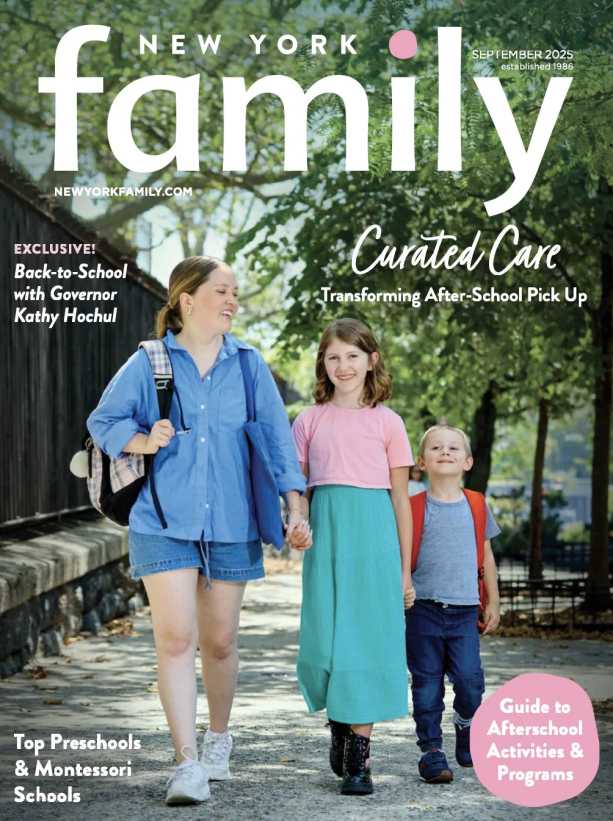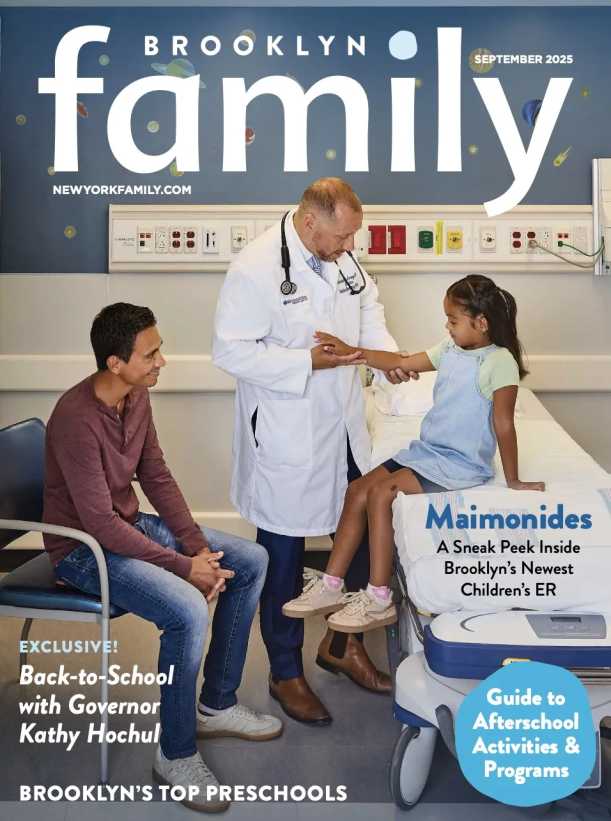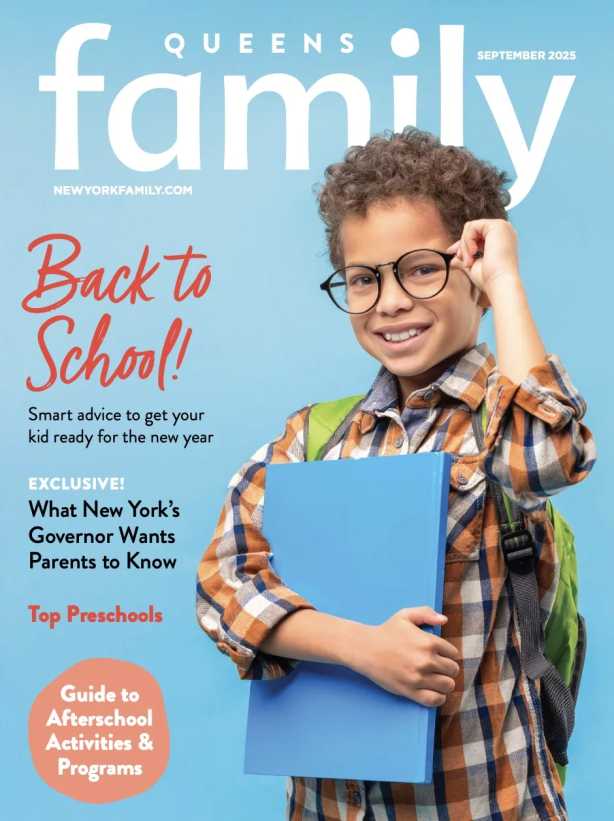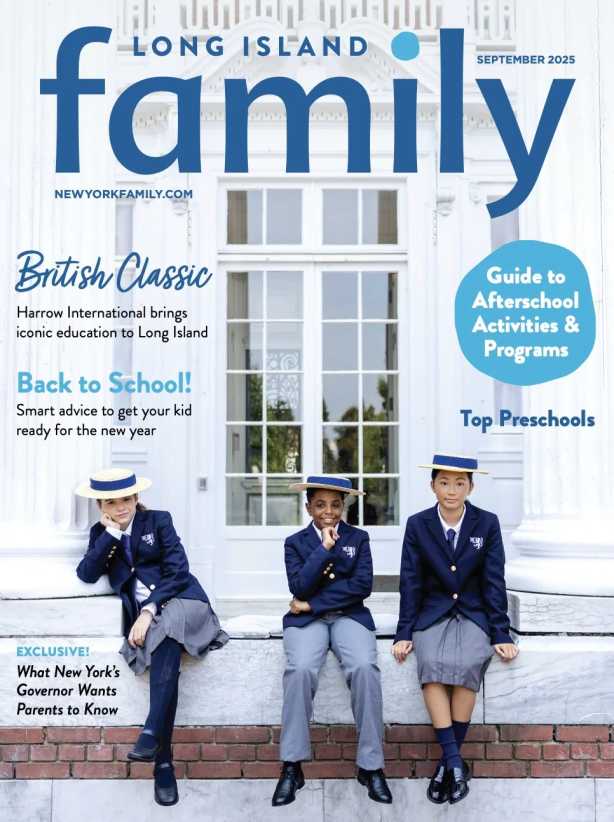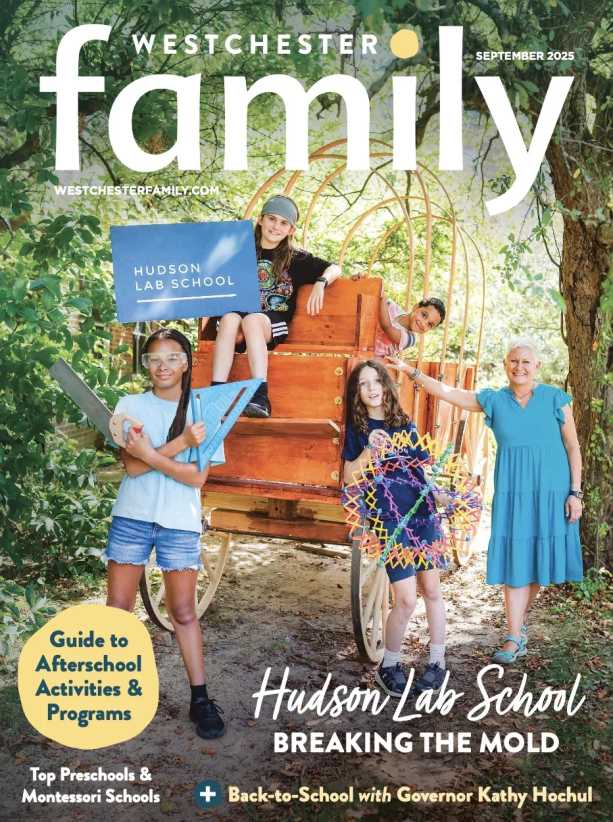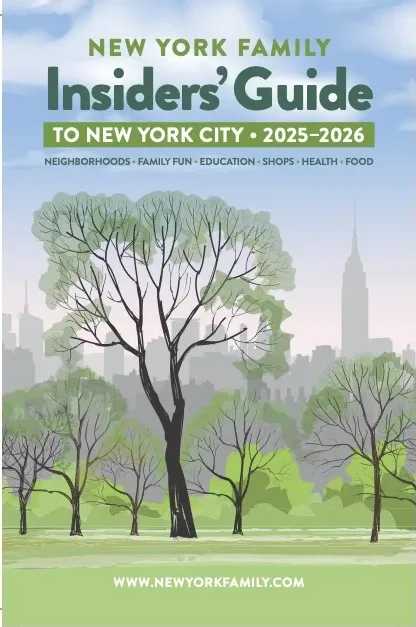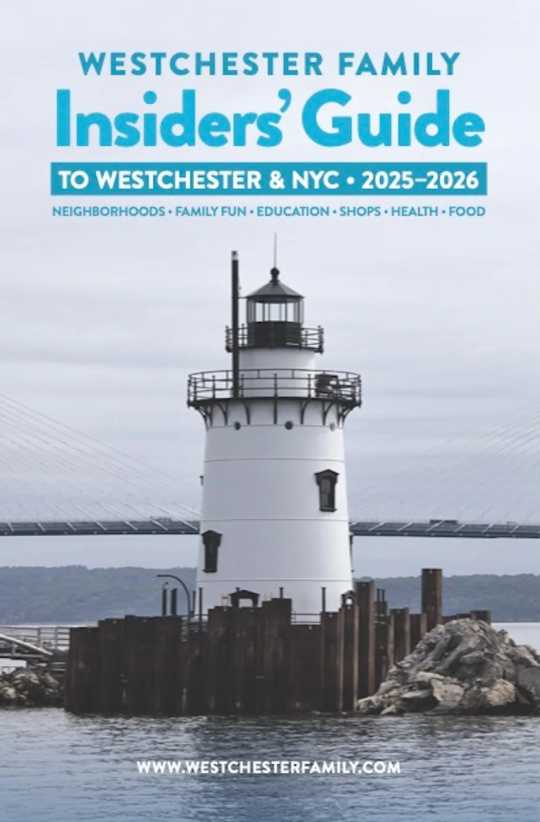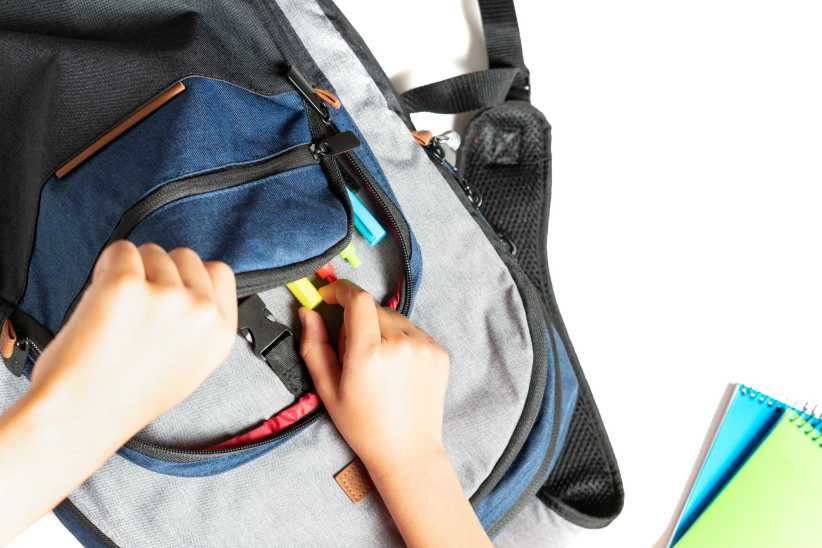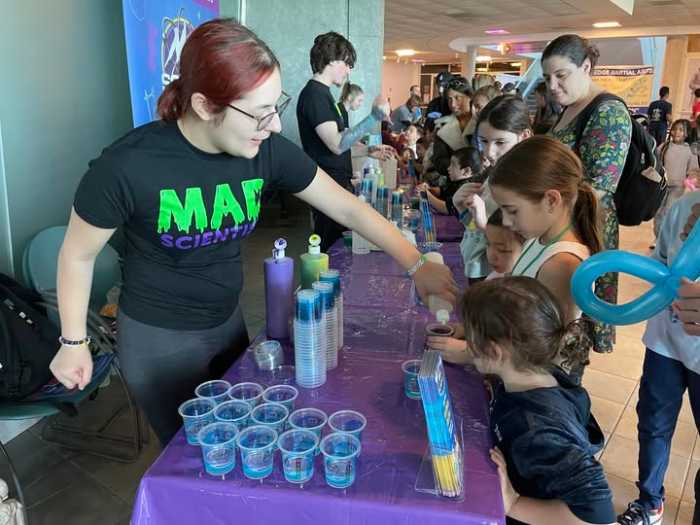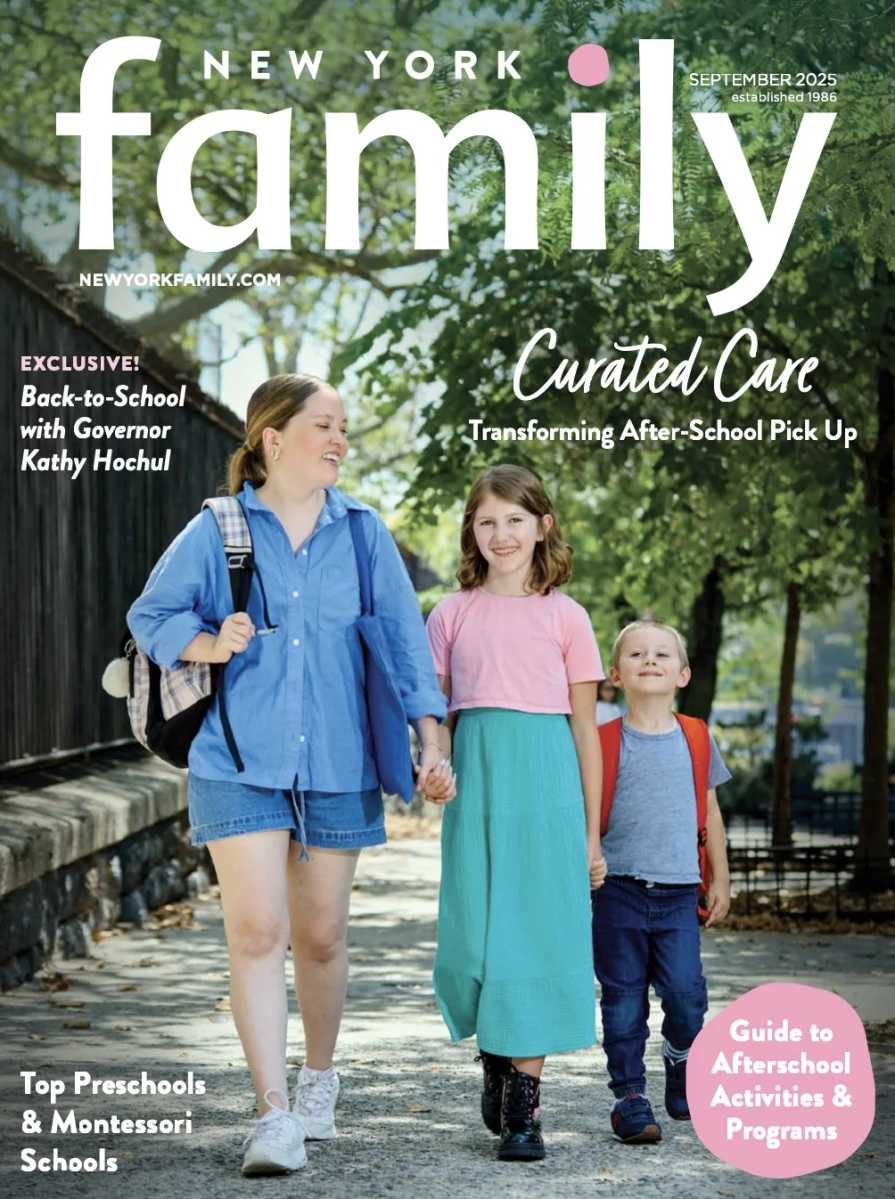A friend of mine turned away from the stove for one second last week, and when she turned back, her 4-year-old daughter had come into the room and had almost grabbed the handle of a very hot pot! It’s reminded me that I don’t know the first thing about burn care. What should I do if my child needs to have a burn treated?
Burns are a potential hazard in every house. Although minor burns can be remedied at home, more serious burns require medical attention. By following the safety precautions below, you will have a better understanding of the dos and don’ts of burn care.
There are three types of burns: they are classified as first-, second-, and third-degree. In a first-degree burn, only the outside layer of skin is affected. You’ll see redness and mild swelling, but no blisters. (Sunburn is often a first-degree burn, as are minor kitchen burns and scalds.)
To treat a first-degree burn, start by running cool (not ice-cold) water over the burn for 10 minutes.
Next, pat the burn dry (a sterile cloth is preferable) and cover it with dry, non-adhesive dressing. Don’t use fluffy or adhesive dressings on burns because lint may get stuck in the wound. Make sure you protect the burn from pressure or friction. No matter what, you should get medical help for your child if the burn involves the airway, eyes, face, hands, or feet.
Second-degree burns injure the layers of skin beneath the immediate surface of the body. They include deep sunburns, hot-liquid or hot-food burns, and flash burns from gasoline or other highly flammable substances. You’ll see redness of the skin, blisters, swelling that can last for days, and a moist, oozy appearance to the skin surface.
Second-degree burns also cause severe pain that lasts for more than a few minutes. If the second-degree burn is no larger than three inches in diameter, you can treat it as you would a first-degree burn. But if the burned area is larger, or if the burn is on the hands, feet, face, or over a major joint, get medical help for your child immediately, preferably in a pediatric emergency room.
Third-degree burns destroy all layers of the skin, and are caused by fire or prolonged contact with hot substances. Electrical burns are often third-degree burns. Areas may be charred black or appear dry and white. Any third-degree burn, no matter the size, needs immediate medical attention, so be sure to call 911 right away. Until an emergency unit arrives, follow these steps:
• Don’t apply cold compresses, and don’t immerse the burn in cold water.
• Check for signs of circulation (breathing, coughing, or movement).
• Don’t remove burned clothing.
• Elevate the burned body part or parts. Raise above the heart level, when possible.
• Cover the area of the burn. Use a cool, moist, sterile bandage; clean, moist cloth; or moist towels.
Of course, the best way to treat burns in children is to prevent those burns from occurring. Good ways to start include: covering electrical outlets with plastic caps; teaching your children to avoid open flames, from candles to fireplaces; and making sure that items that may not appear hot at first glance (such as irons, pots, and space heaters) are entirely inaccessible to your children when in use.
Kids will be kids, but keeping them from “feeling the burn” in the first place is always the way to go.
